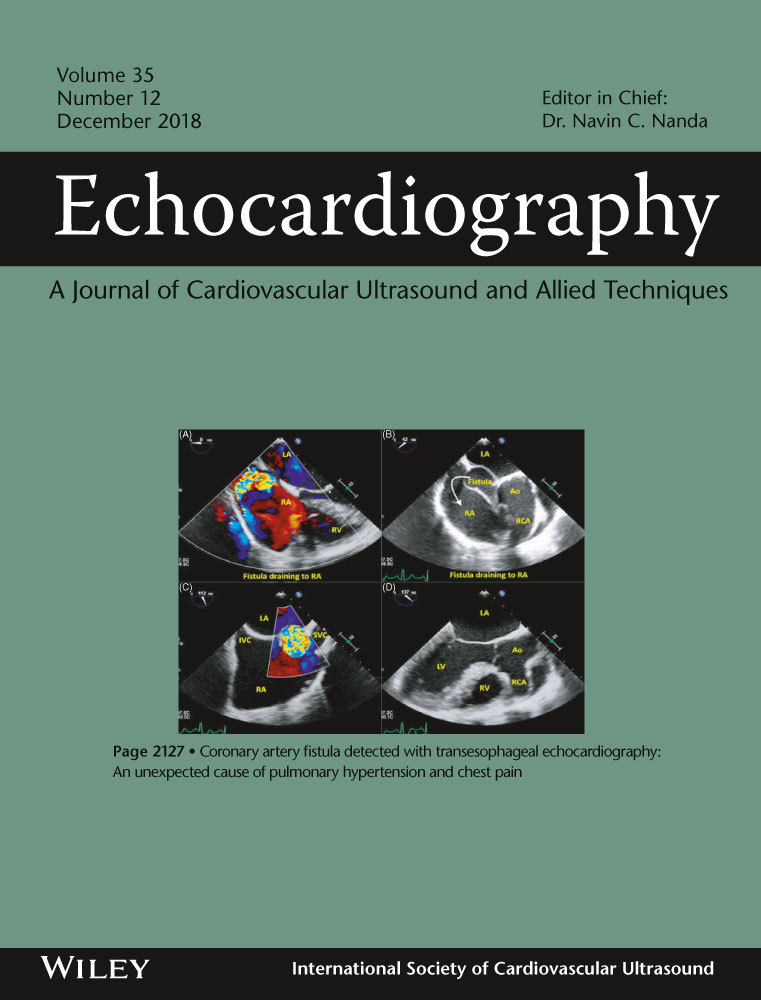Spontaneous rupture of right aortic sinus of Valsalva leading to massive cystic dissection of interventricular septum and complete heart block
Abstract
The interventricular septal dissection is an uncommon, and is occasionally associated with sinus of Valsalva aneurysm. A spontaneous dissection with a normal sinus of Valsalva is extremely rare and is mostly a result of a congenital defect. We report the case of a 23-year-old male admitted for complete heart block and presenting as an incidental finding during the TTE multiple and huge cystic-like mass in the interventricular septum (IVS) which is the TTE characteristic of IVS dissection. Most patients remain asymptomatic until the anatomical and hemodynamic changes lead to complications like: severe aortic regurgitation with heart failure and conduction abnormalities. Although transthoracic echocardiogram (TTE) has been the first-line imaging modality for such findings, cardiac computed tomography (CT) and magnetic resonance imaging have been increasingly used as supplemental or confirmatory tests. The imaging modalities showed a perforation of right sinus of Valsalva causing the expansion of the dissection to the apex. The patient underwent surgical repair with satisfying results. In conclusion, we report an extremely rare clinical case of spontaneous dissection of the interventricular septum using multiple imaging techniques and with a successful surgery.
CONFLICT OF INTEREST
The authors declare that there is no conflict of interest.




